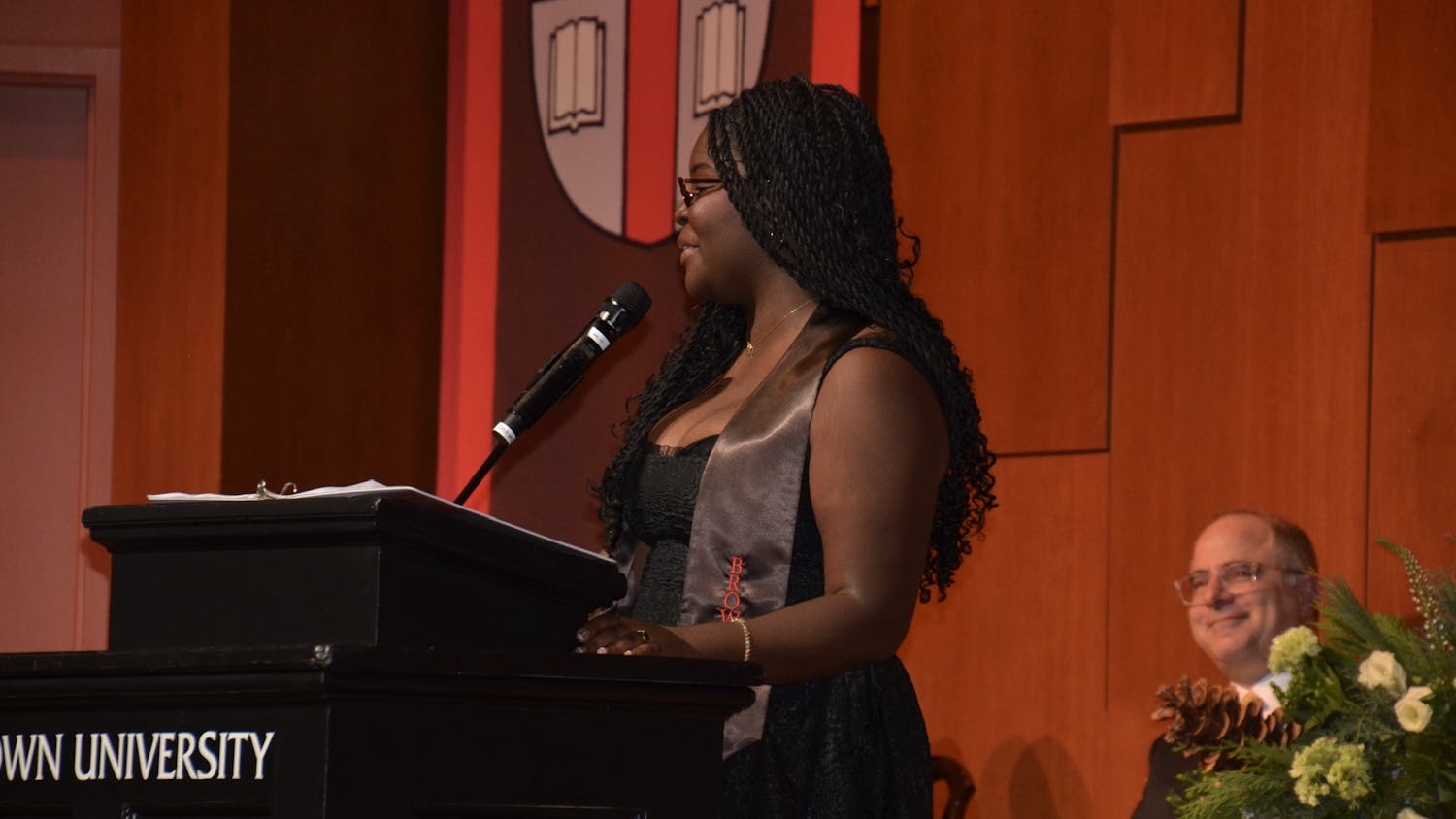For the past nine years, Brown professors and students have been working in close partnership with one of the largest automotive companies in the world on research that has the potential to impact the future of the automobile industry.
The General Motors/Brown University Collaborative Research Laboratory, which conducts computational materials research, was established in 2001 when GM approached Brown about collaborating.
This collaborative laboratory, located in Barus and Holley, is one of several similar laboratories at other universities around the world. GM was interested in starting a collaborative laboratory at a university in the area and "approached Brown because of our reputation in the field," according to Professor of Engineering Bill Curtin, who was the lab's director at the time of its inception. Brown submitted a proposal to GM, and after a selection process that lasted about a year, Brown made the cut.
"Their goals aligned very much with our academic goals," Curtin said. He added that the auto company was interested in applying research conducted at Brown to projects it is working on and emphasized that this partnership was "designed specifically as a collaboration." Scientists from GM often come to Brown to work in the laboratory, and students and professors frequently visit the company in Detroit.
Researchers at both Brown and GM attested to the benefits of this collaborative partnership.
"GM helps us identify new and exciting areas of research," said Curtin, adding that the link to GM also allows Brown professors and graduate students to focus their scientific research on topics that have applications in industry.
GM Laboratory Group Manager Paul Krajewski, who is the leader of the Collaborative Research Laboratory from the auto company's side, said the program is "a very good model for trying to do research at universities" and that people are being productive now that the partnership is firmly established and researchers on both sides have "gotten past the learning curve."
Since its establishment, the laboratory has been working on various projects involving lightweight materials, and recently initiated a project related to batteries. Professor of Engineering Allan Bower, who is Brown's head at the laboratory, said the collaborative labratory's research aims to "develop lightweight materials to improve fuel efficiency" and to study materials used in batteries to improve battery life and look at "how and why battery materials fail."
The research on lightweight materials focuses on aluminum and magnesium, two materials GM is particularly interested in studying. Both of these metals are lighter than steel, and if cars could eventually be made of lighter materials, they would be more efficient and consume less gasoline.
According to Curtin, the problem is that aluminum and magnesium are both fairly weak materials, so researchers are studying ways to strengthen these metals by adding other materials and then modeling the behavior of these new materials using molecular dynamics, physics and materials science.
Curtin noted that this research is an example of how "fundamental science feeds into engineering."
David Cipoletti GS, who is in his fourth year of working in the laboratory on lightweight materials research, said that it is interesting to "see how industry works and how research is done from an industry standpoint."
The other major field of research in this laboratory is batteries, which is of special interest to GM due to the upcoming release of an electric vehicle called the GM Volt. However, Bower noted that the research is also "concerned with long-term battery issues." Cipoletti added that the laboratory is interested in "how long batteries will last with each charge and how long batteries will last in general."
Cipoletti also noted that battery research is an especially "hot topic right now," and said improvements in batteries could lead to a move away from gasoline-powered cars.
Funding for research in the collaborative research laboratory is provided by GM, and over a period of 10 years, Krajewski estimates that approximately $5 million has been contributed to the laboratory at Brown. Soon, a contract for the next five years will be negotiated and settled, Bower said.
"We want initiatives like this to keep going forward," Krajewski said.




